By Errol Bull, P.E., CSI
SoFi Stadium, the home of the Los Angeles Rams, used Elemax 100% silicone air and water resistive barrier.
Photos courtesy of Momentive Performance Materials
Whether it’s blazing heat and torrential downpour, or harsh winds and icy snowfall, buildings must withstand a range of extreme conditions, year after year. So, how do we make sure that our buildings are built to last?
Air and water resistive barriers (AWBs) play a pivotal role in protecting buildings from the elements. They help to increase energy efficiency, as well as help to improve internal comfort. However getting these benefits depends on choosing the right AWBs for a range of projects.
How Do Air and Water Resistive Barriers Work?
Weather Resistive Barriers are also known as Weather Barriers or AWBs (Air and Water Resistive Barriers). They are part of the wall assembly and are used to help protect buildings. Despite the difference in their names, they’re all the same type of product and work in the same way.
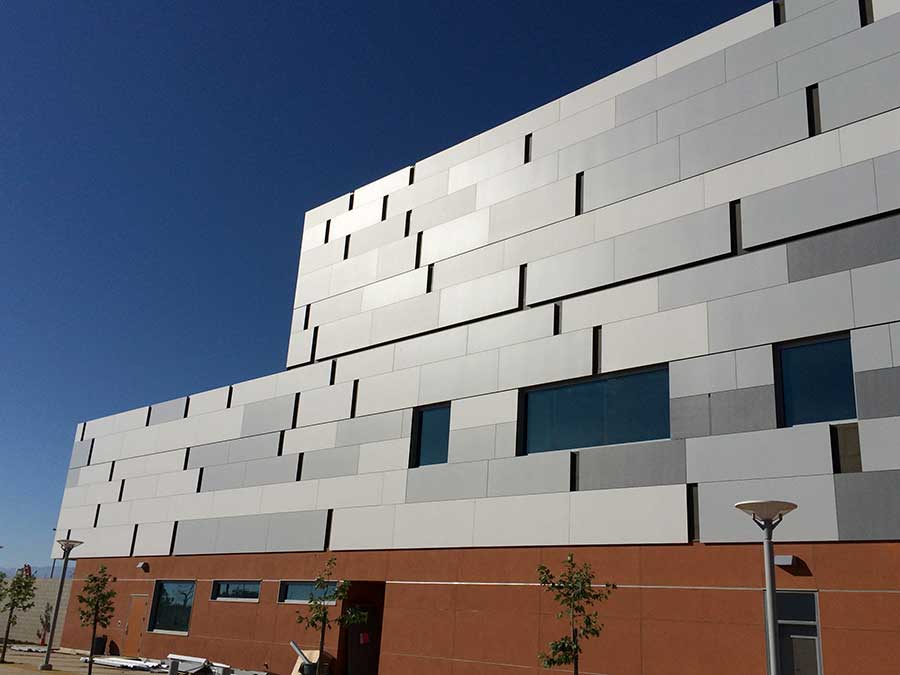
The Kaiser Permanente medical offices in Lancaster, California, used Elemax 100% silicone air and water resistive barrier.
The function of a weather barrier is typically a simple concept. They are part of exterior wall systems and are excellent candidates for use in preventing building materials from getting damaged by water ingress and penetration. This offers buildings an additional layer of protection, acting as a shield to ensure that liquid water doesn’t pass through into the building. Some weather barriers can also help control the flow of air into the building, allowing the building to breathe, and water vapor to escape.
Keeping the walls dry helps to prevent the moisture damage, mold, rust, and rot that typically plays a big role in the premature deterioration of buildings.
By protecting the materials of the building’s structure, AWBs can help strengthen, as well as offer protection to a building’s interior and exterior, contributing to the reduction of the need for maintenance or costly repairs to help save the building owner money in the long term.
Choosing the Right Weather Barrier
There are three main types of AWB available on the market: sheet types, fluid applied, and fluid applied vapor permeable. They each have their own individual characteristics, so choosing the correct weather barrier depends on the project and its requirements. There is a solution for almost every building and project.
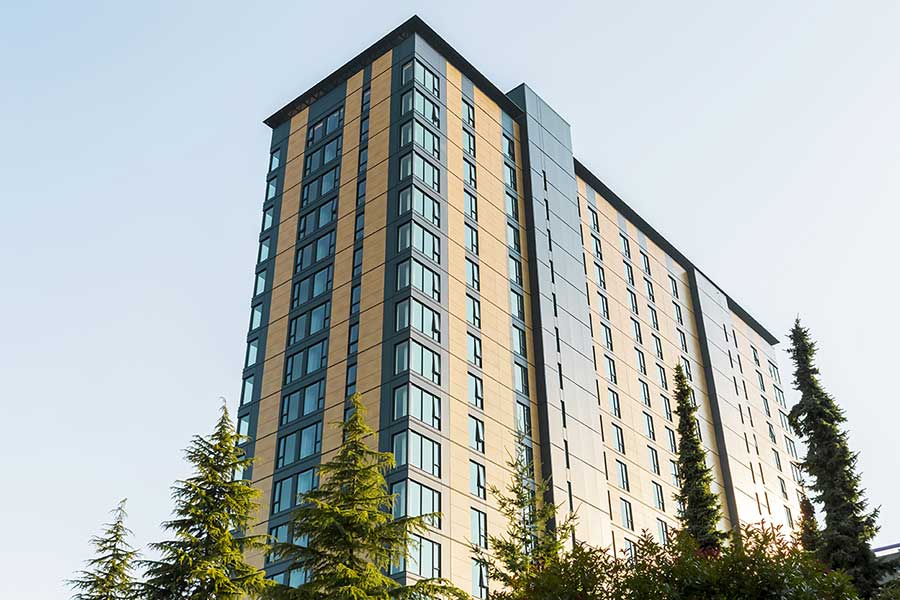
Brock Commons, an 18-story hybrid mass timber residence at the University of British Columbia, where Elemax has been used.
Sheet type AWBs are designed to control air leakage and the movement of moisture. They are “peel and stick” membranes, making them self-adhesive that can be applied straight to the substrate to construct a physical barrier.
As the name suggests, fluid applied AWBs are coatings that are painted, rolled, or sprayed onto the substrate to protect a building’s envelope and enhance its overall performance. How they are made varies, as fluid applied AWBs can use a range of chemistries which include solvent-based solutions, asphalt emulsions, and 100% silicone solutions.
A fluid applied vapor permeable air barrier prohibits the passage of liquid water and also allows moisture vapor to pass through.
The Benefits of Fluid Applied AWBs
The scale, environment, and design of different projects means that architects and contractors need to continually think about what type of air barrier will perform best.
However, fluid applied and fluid applied AWBs are particularly versatile, and can come with several benefits over sheet type solutions, in terms of application and performance.
Easy to Apply, Easy to Dry
Fluid applied solutions are particularly appealing to contractors working on tight budgets or time constraints, as they are fast drying and easy to apply. Their ability to be applied using brushes, sprayers, and power rollers enables a seamless and aesthetically pleasing application and permits a much more reliable tight seal around joints and penetrations.
Some AWBs, such as 100% silicone solutions like Elemax 2600, can be applied in sub-zero temperatures as low as 0°F (18°C), enabling contractors to continue working through the winter months in colder parts of the country.
Time Savings and Performance Benefits
Fluid applied AWBs are particularly versatile and have specific advantages over sheet types with regards to performance and application.
100% silicone solutions are designed to withstand extremely hot temperatures and provide effective protection from UV rays, enabling their widespread use in sunnier, warmer states, and on projects where unclad exterior walls will be left exposed to the elements.
Unlike sheet type AWBs, which depend on limited adhesion or a mechanical attachment, fluid applied systems are unique in the fact they can fully adhere directly to a substrate. Some formulas don’t even require a primer and need just one coat. For contractors looking to reduce time, effort, and labor costs, the right fluid applied solution can be the ideal solution.
Energy Efficiency and Sustainability
Weather barriers can also be used to improve the sustainability credentials and energy efficiency of a building. Sustainability is integral to an increasing number of projects, and there is growing pressure on the construction industry to re-evaluate its operations and consider how they can minimize their impact on the environment.
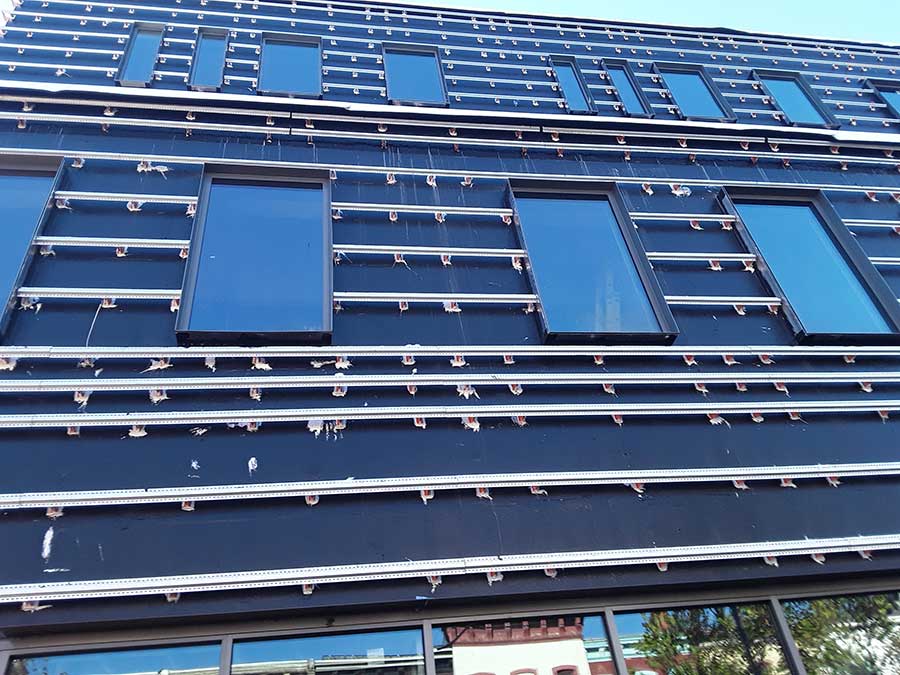
Banneker High School in Washington, D.C., used Elemax 100% silicone air and water resistive barrier.
The right AWB can reduce energy consumption in a building by up to 35%. This is thanks to their clever design which helps control the flow of air throughout the building’s envelope, boosting its insulating properties and providing internal comfort in colder months.
If you are a contractor looking to fulfill environmental requirements on a project such as LEED or NET Zero, then the right AWB is the perfect solution.
Air & Water Barriers for Open Joint Rain Screens
Open joint rain screen systems are becoming an increasingly popular design choice amongst architects looking for clean, seamless design choices which combine to create a modern architectural aesthetic.
Although they provide unique decorative qualities, these systems come with one notable performance disadvantage. The design exposes the exterior wall to the weather, making it more vulnerable to the elements, and increasing the risk of rot, mildew, and mold within the wall cavity.
Weather barriers are an essential part of open joint cladding designs, protecting the exposed sections of the wall from water ingress — preventing water from being let in while enabling the building to breathe.
Errol Bull, P.E., CSI
Errol is an architectural engineer and technical services manager for GE Construction Sealants. Errol is a Licensed Professional Engineer in the state of New York and provides technical support based on 18 years of global experience in construction sealants, adhesives, and coatings. Find out more on www.siliconeforbuilding.com.
Summer 2022 Back Issue
$4.95
Creating Livable Basements
Benefits of Ballasted Roofing
Why Your Waterproofing System Should Be Elastomeric
Choosing the Right Weather Barriers
AVAILABLE AS PDF DOWNLOAD ONLY
Description
Description
Creating Livable Basements
By Vanessa Salvia
In homes that have a basement, an increasing number of homeowners are turning them into livable spaces like living rooms and bedrooms or offices. This makes the air quality even more important because people are using them for extended periods of time now.
Benefits of Ballasted Roofing
By Vanessa Salvia
A ballasted roof is a roof in which the roofing membrane is not anchored or adhered to the decking material but is instead held in palace by rocks or pavers. These roofs work even during high wind events, and they have other advantages too.
Why Your Waterproofing System Should Be Elastomeric
By Greg Austin
Waterproofing solutions for commercial construction projects come in a variety of materials or chemical make-ups. An elastomeric waterproofing material offers advantages due to its flexibility, durability, and high tensile strength.
Choosing the Right Weather Barriers
By Errol Bull, P.E., CSI
Whether it’s blazing heat and torrential downpour, or harsh winds and icy snowfall, buildings must withstand a range of extreme conditions, year after year. So, how do we make sure that our buildings are built to last?
Additional Info
Additional information
| Magazine Format | PDF Downloadable Magazine, Print Mailed Magazine |
|---|


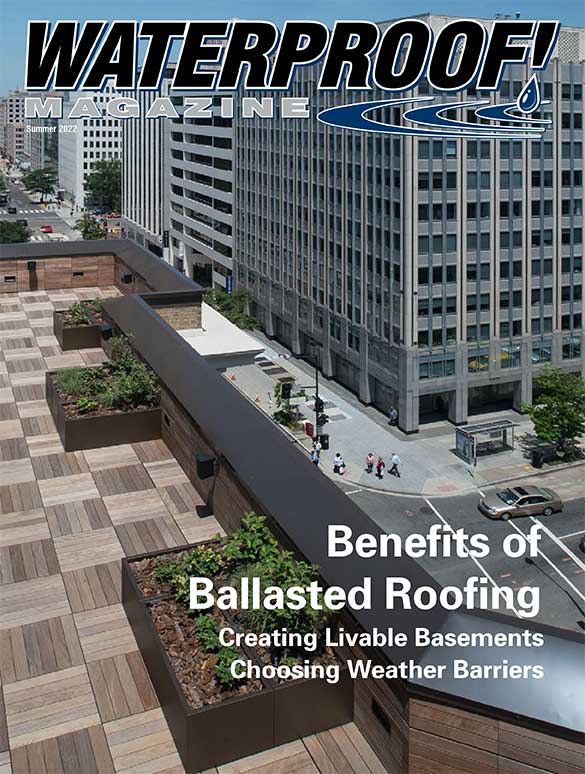
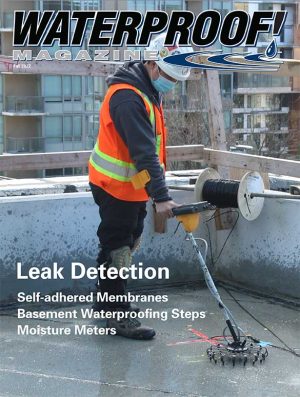
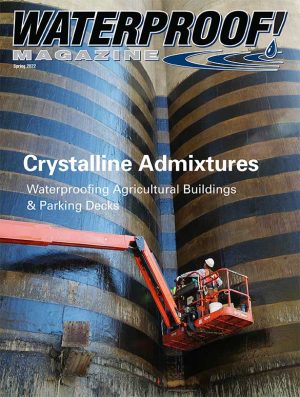
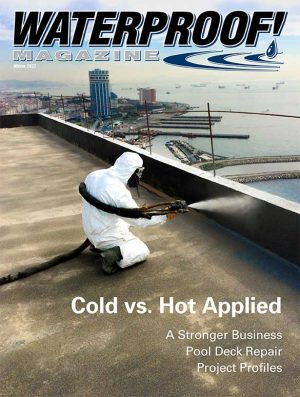
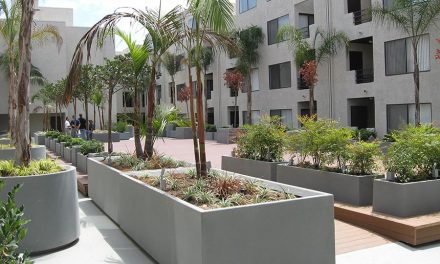
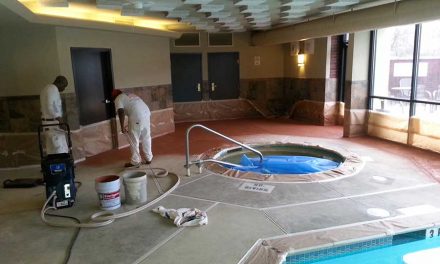
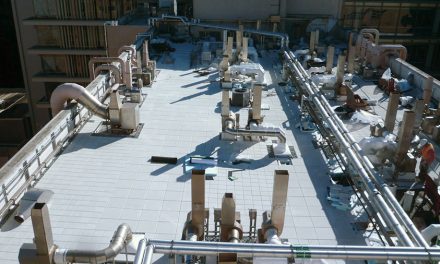
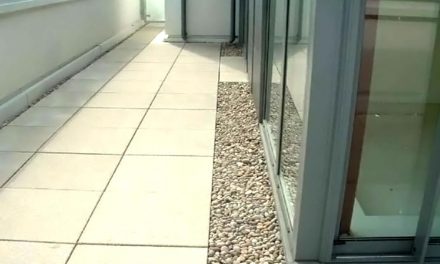
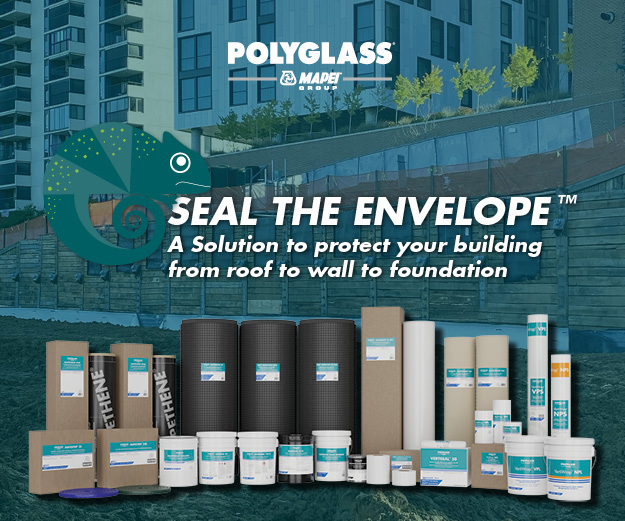
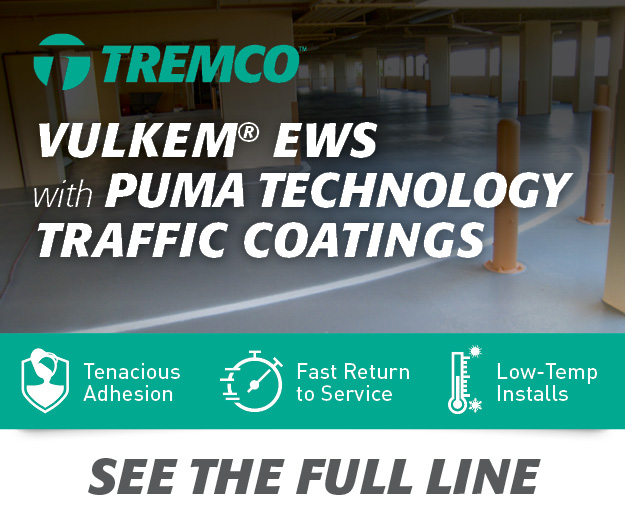

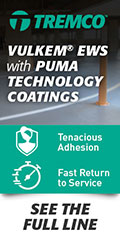

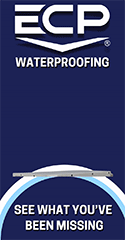


Reviews
There are no reviews yet.